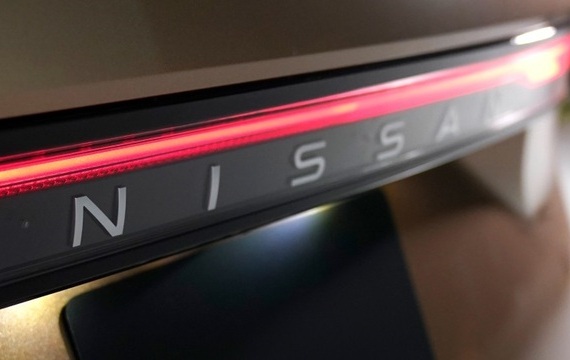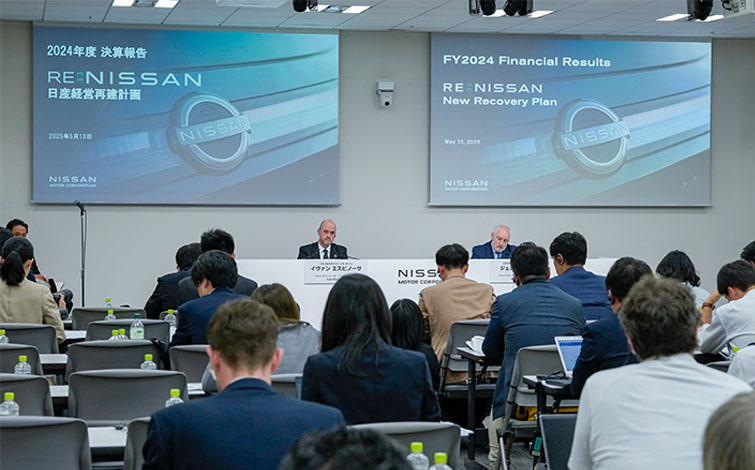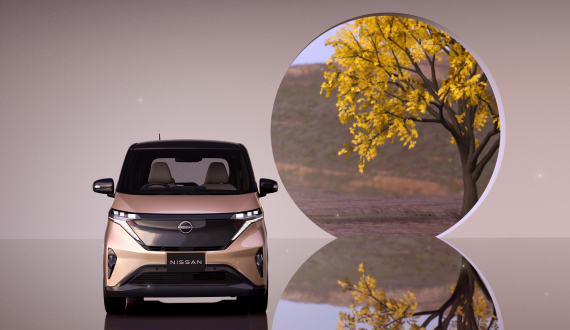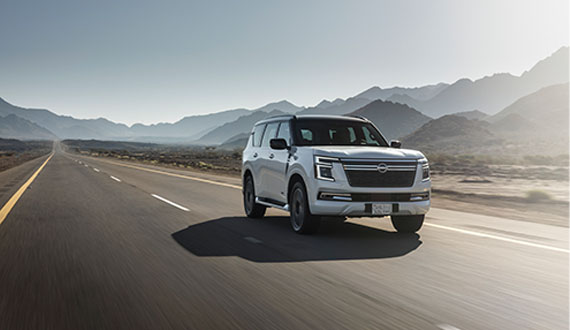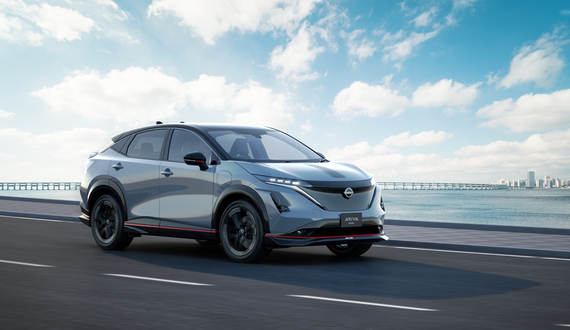

Investors
Financial News & Events
Financial Results
CEO Message
Inquiry
Seeking more information? Please visit our Inquiry page for any unanswered questions you may have.
Disclaimer
This presentation contains forward-looking statements based on judgments and estimates made with currently available information. By nature, such statements are subject to uncertainty and risk. Therefore, you are advised that the final results may significantly differ from the aforementioned statements due to changes in the economic environment of the industry, market trends, foreign exchange rates and other factors.


